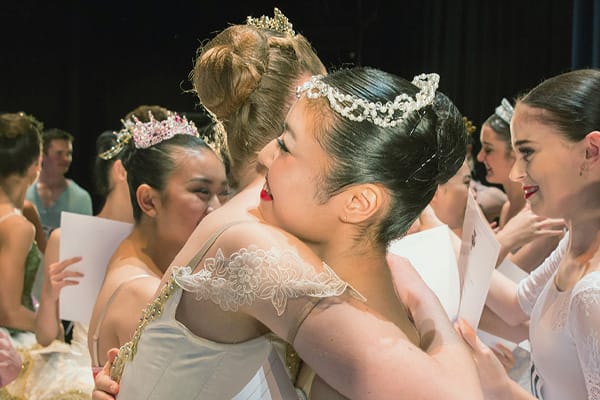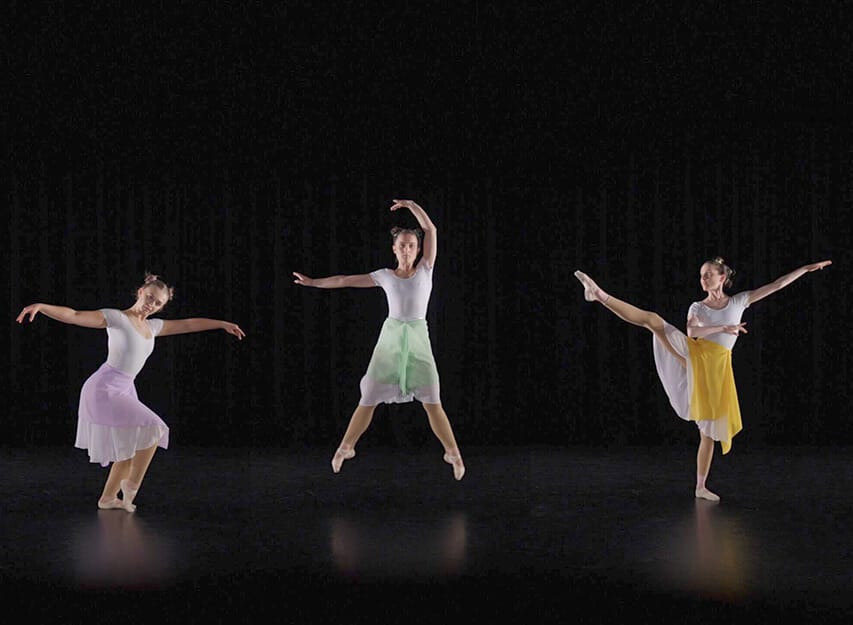RAD history has made us one of the world’s most influential dance education and training organisations. From our global headquarters in London, our work takes us into diverse communities everywhere to widen access to dance and to share the benefits and wellbeing that it brings. This page has everything you need to know about the RAD and our work.
We are a non-profit organisation
We are an independent educational dance charity and don’t receive regular government funding. Every penny we make goes back into the work we do, which includes our cultural engagement plans with our diverse communities. Learn more about how you can get involved…

History of the RAD
We have over 100 years of history to look back on. Learn more about the landmark events that have shaped the RAD.
We are a community
As a charitable organisation, we help serve our local Wandsworth and Battersea communities. Learn more about how you can join in…


State-of-the-art theatre and studio venue hire in London
Located in Battersea, our world-class facilities are available to hire for your next event. The Aud Jebsen Studio Theatre is fully equipped for performances, while our nine versatile studios can be used for auditions, rehearsals, classes, or pre and post-show activities.
Whatever your venue hire needs, our spaces offer the perfect setting to bring your event to life. Click below to find out more, or contact us.



-

The Margot Fonteyn International Ballet Competition 2025
Saturday 11 October 2025 – Sunday 19 October 2025
Registration fees apply

Other links you may find useful
Latest news

Subscribe to our mailing list
- Be the first to hear about our news and events
- Choose the type of news that interests you
- Get discounts from the RAD shop












